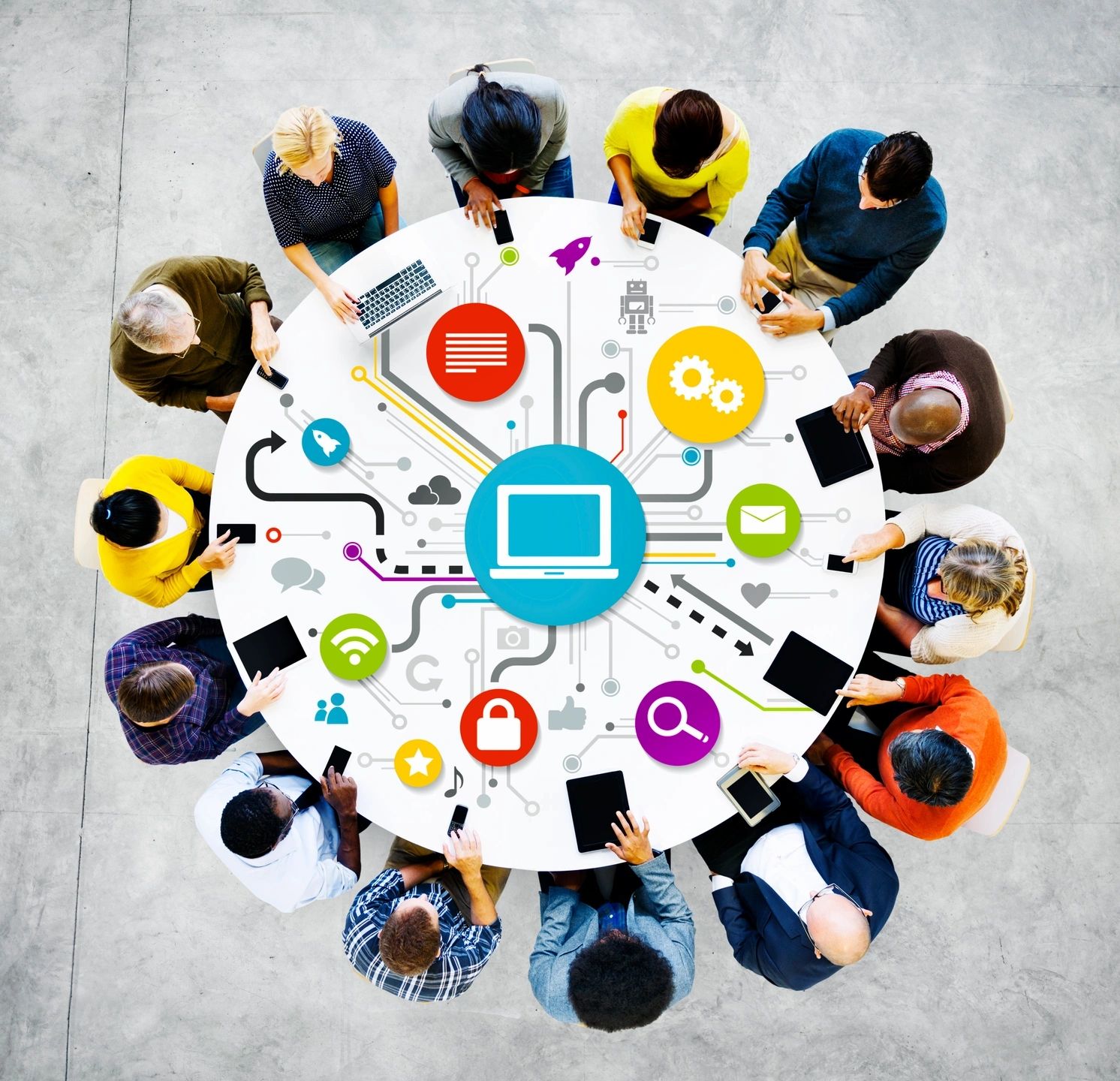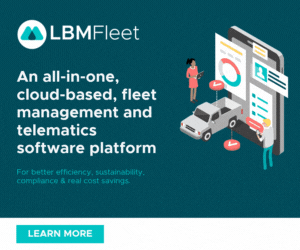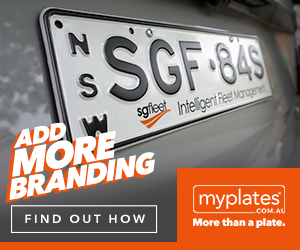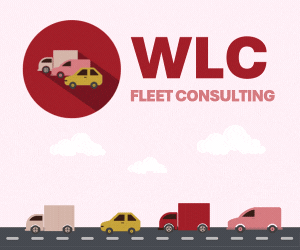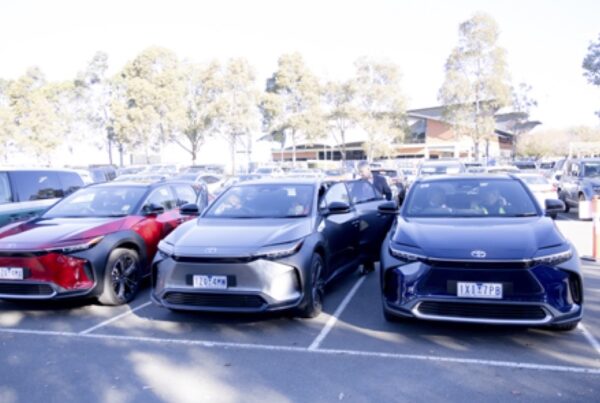Thirty years ago, society’s view of the internet was largely different. Sure, almost everyone believed it to be a ground-breaking innovation that would change the world but did the same number of people ever fathom that the internet would be present in nearly every part of daily life? From your car to your watch, and even to your pet’s food bowl, connectivity between our daily appliances and objects becomes more apparent with the evolution of smart devices. With the advancement of the technology that we have today, maybe the future we saw in The Jetsons is much closer than we think.
A term you’ll encounter frequently when dealing with machines and technology is ‘The Internet of Things,’ or abbreviated as ‘IoT.’ IoT basically refers to a ‘network’ wherein objects, machinery, electronic devices, equipment, or appliances are connected. These devices communicate using built-in software, sensors, or your Wi-Fi connection in a data cloud. Colloquially, we’d refer to such items with the adjective ‘smart.’ That’s right—the internet of things is what connects your smartwatch, smart fridge, and smart TV in your smart home!
Read on and we’ll provide a very simple explanation of how IoT works.
So, how does it work?
Well, first your device or object must have a few essential parts:
- The object or device itself. – This is the “thing” in the Internet of Things. It can be any object like a computer tablet, car, or even a weighing scale. This object will need to distinguish itself from other devices in the larger network with a unique identifier or UID.
- A means by which the object can collect data. – The object needs a sensor, camera, microphone, or anything that can allow it to collect information in its surrounding environment or during its use. For example, a phone, through its camera, can recognize your face and its features.
- A way for the devices to connect to the cloud. – Your devices need a bridge to connect to the cloud; that bridge can be your local WiFi network, bluetooth, or even cellular signals. Once your device collects data, this information is uploaded to the cloud. Of course, this data is kept securely and privately by your chosen software provider.
- Software for analysing the collected data. – The collected data is still raw and needs to be analysed. AI and IOT are used together to turn your raw data into information that you need and can understand.
When all of these elements are put together, you’ll have your basic IoT setup.
Let’s look at an example: GPS tracking
A common and basic example of IoT that we see every day is GPS tracking. For example, your cellphone functions as a GPS tracker once you’ve enabled your location.
Your phone is the device, inside it is a GPS receiver that uses a method called triangulation. Triangulation involves your device and 3 out of 27 orbiting satellites in space to capture your location. These satellites emit signals that approximate your exact location on earth. If you open an app on your phone that utilises a map, like a delivery or navigation application for example, the app can access and share your location if you allow it.
Let’s take the example a step further. If you were to order a pizza through an app on your phone, you can track the delivery right in your hands. The delivery vehicle is equipped with a GPS receiver that allows you to track the vehicle’s location, ETA, and speed. Gone are the days when you had no idea if the delivery got lost and your pizza, soggy. Now, you can use your phone to make sure the pizza arrives in one piece and you can still grab a slice while it’s fresh—all while using IoT!
Why is this important for fleet management?
The fleet industry relies on a variety of technologies to operate, IoT being one of many. The fleet industry has adapted IoT in several aspects of management. Thanks to IoT, fleet managers and drivers can track real-time vehicle locations, fuel usage, driver behaviour, and even client feedback.
Examples of IoT in fleet management include:
- Predictive Maintenance – Aside from tracking locations in real time, IoT allows managers and drivers to monitor the performance and health of their vehicles and machinery. The application of IoT in predictive maintenance can significantly reduce long-term maintenance and operational costs, lower the possibility of sudden machine failures, and effectively lengthen the lifespan of equipment.
- Supply Chain Visibility – Data collected through IoT allows fleet managers, distributors, and suppliers to keep stock of their fleets’ entire supply chain. Through this feature, the overall management of their fleet makes the process more collaborative and transparent, allowing for better communication between all parties involved. After all, we’re all part of the Chain of Responsibility!
- Smart Warehousing – That’s right, even warehouses are smart these days! Applications of IoT in warehousing include storage maximisation, robotic lifting equipment, and other automated storage solutions. IoT helps warehouse managers make the most out of their spaces and monitor stocks, equipment, and schedules.
- Security and Risk Management – Safety is one of the most critical components of fleet management. In fleet, safety is a top priority. With the use of IoT, fleet professionals are able to generate more accurate risk assessments, identify and evaluate safety-related trends, and monitor their operations and fleets’ safety compliance measures.
The four examples above are only a few of the many applications of IoT in fleet management. These technologies have already been around for a while and will continue to evolve and eventually, transform the way you manage your fleet. If you’d like to learn in-depth about IoT in fleet management, check out our February 2024 issue of FleetDrive.
Was this article helpful? Leave us a like!

